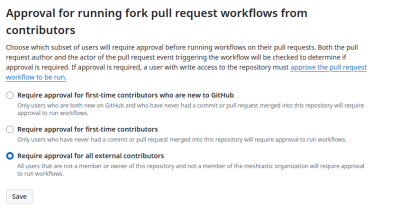Researchers at Aikido run the Aikido Intel system, an LLM security monitor that ingests the feeds from public package repositories, and looks for anything unusual. In this case, the unusual activity was five rapid-fire releases of the xrpl package on NPM. That package is the XRP Ledger SDK from Ripple, used to manage keys and build crypto wallets. While quick point releases happen to the best of developers, these were odd, in that there were no matching releases in the source GitHub repository. What changed in the first of those fresh releases?
The most obvious change is the checkValidityOfSeed() function added to index.ts. That function takes a string, and sends a request to a rather odd URL, using the supplied string as the ad-referral header for the HTML request. The name of the function is intended to blend in, but knowing that the string parameter is sent to a remote web server is terrifying. The seed is usually the root of trust for an individual’s cryptocurrency wallet. Looking at the actual usage of the function confirms, that this code is stealing credentials and keys.
The releases were made by a Ripple developer’s account. It’s not clear exactly how the attack happened, though credential compromise of some sort is the most likely explanation. Each of those five releases added another bit of malicious code, demonstrating that there was someone with hands on keyboard, watching what data was coming in.
The good news is that the malicious releases only managed a total of 452 downloads for the few hours they were available. A legitimate update to the library, version 4.2.5, has been released. If you’re one of the unfortunate 452 downloads, it’s time to do an audit, and rotate the possibly affected keys. Continue reading “This Week In Security: XRP Poisoned, MCP Bypassed, And More”













